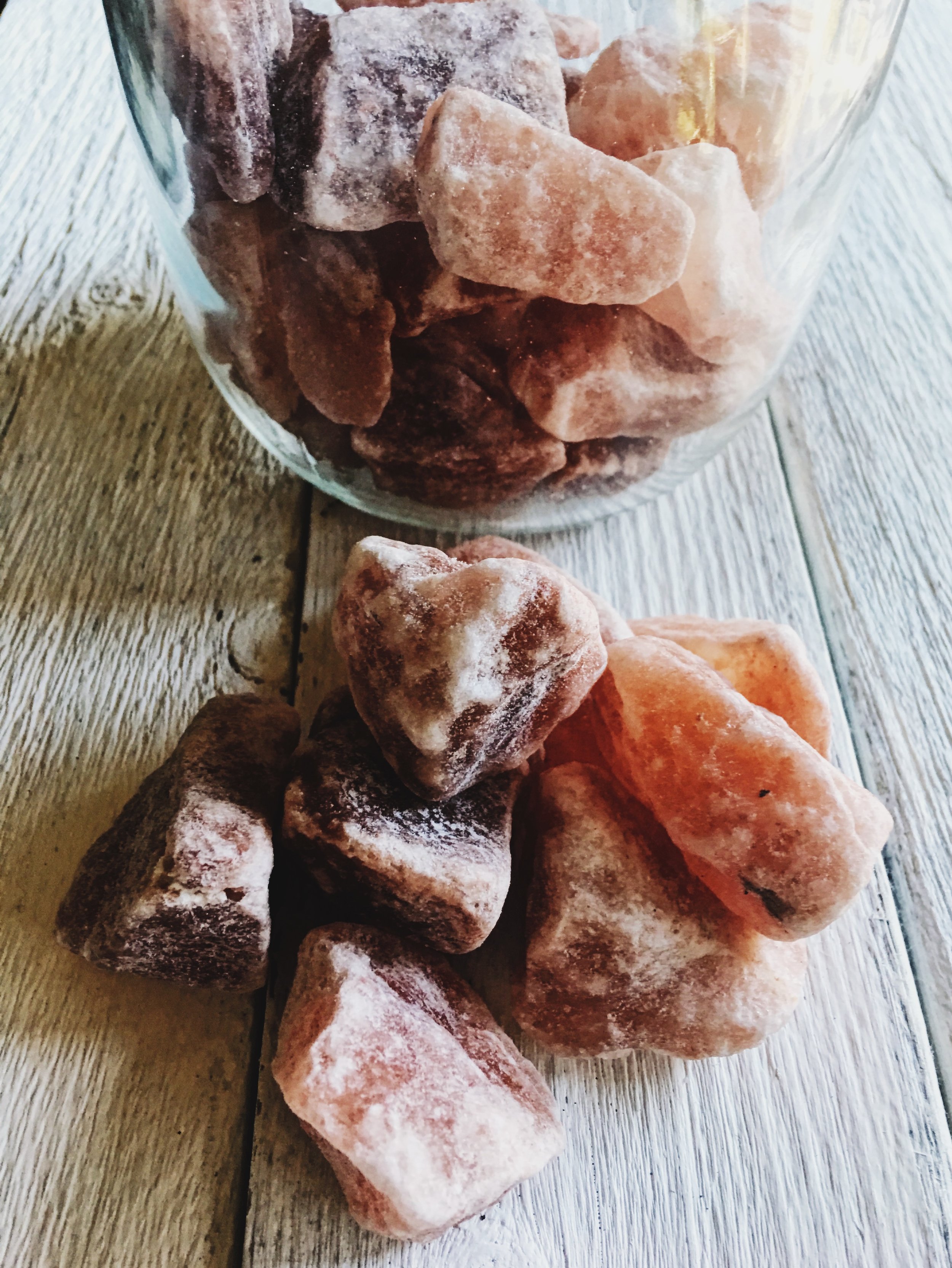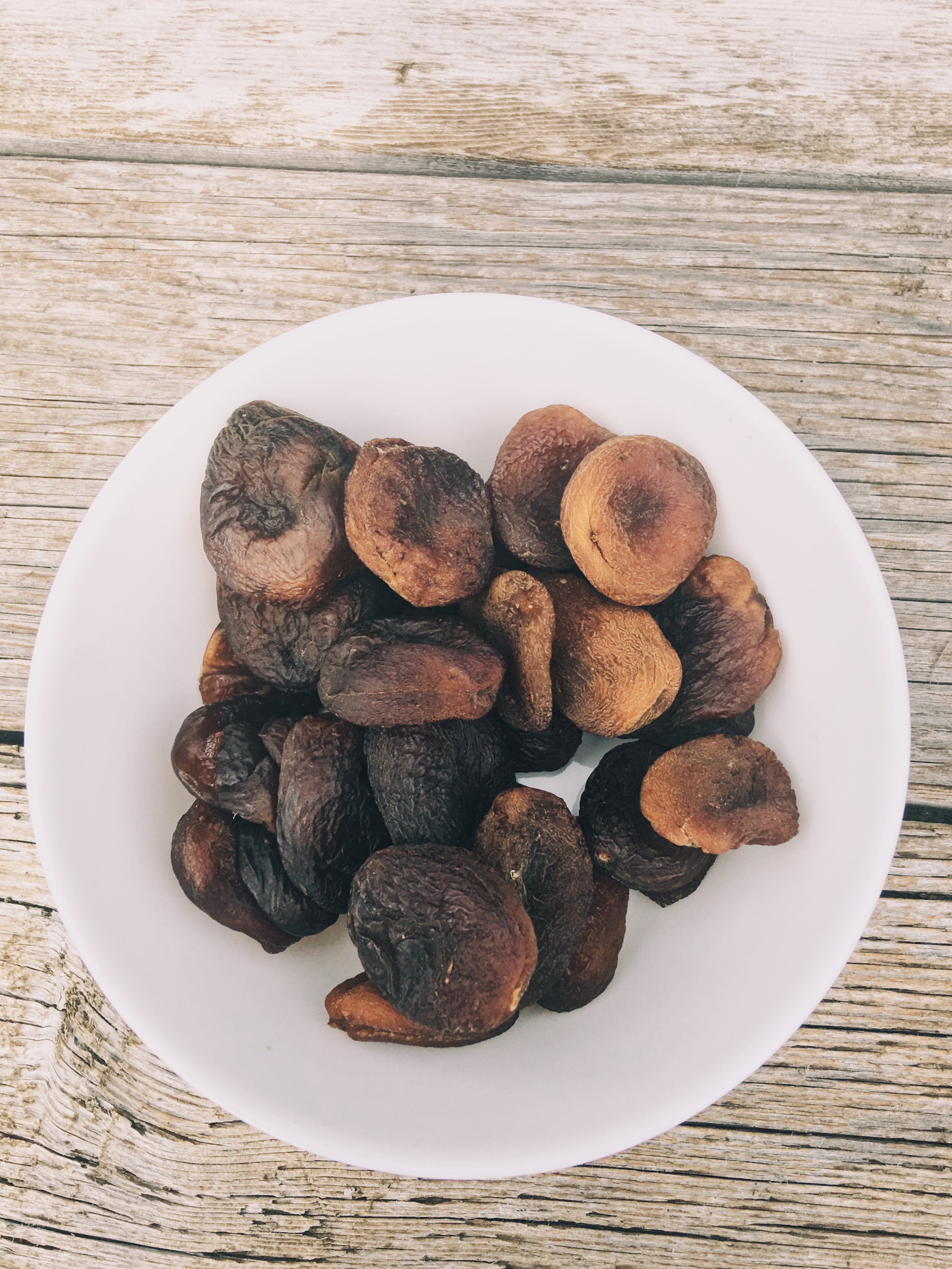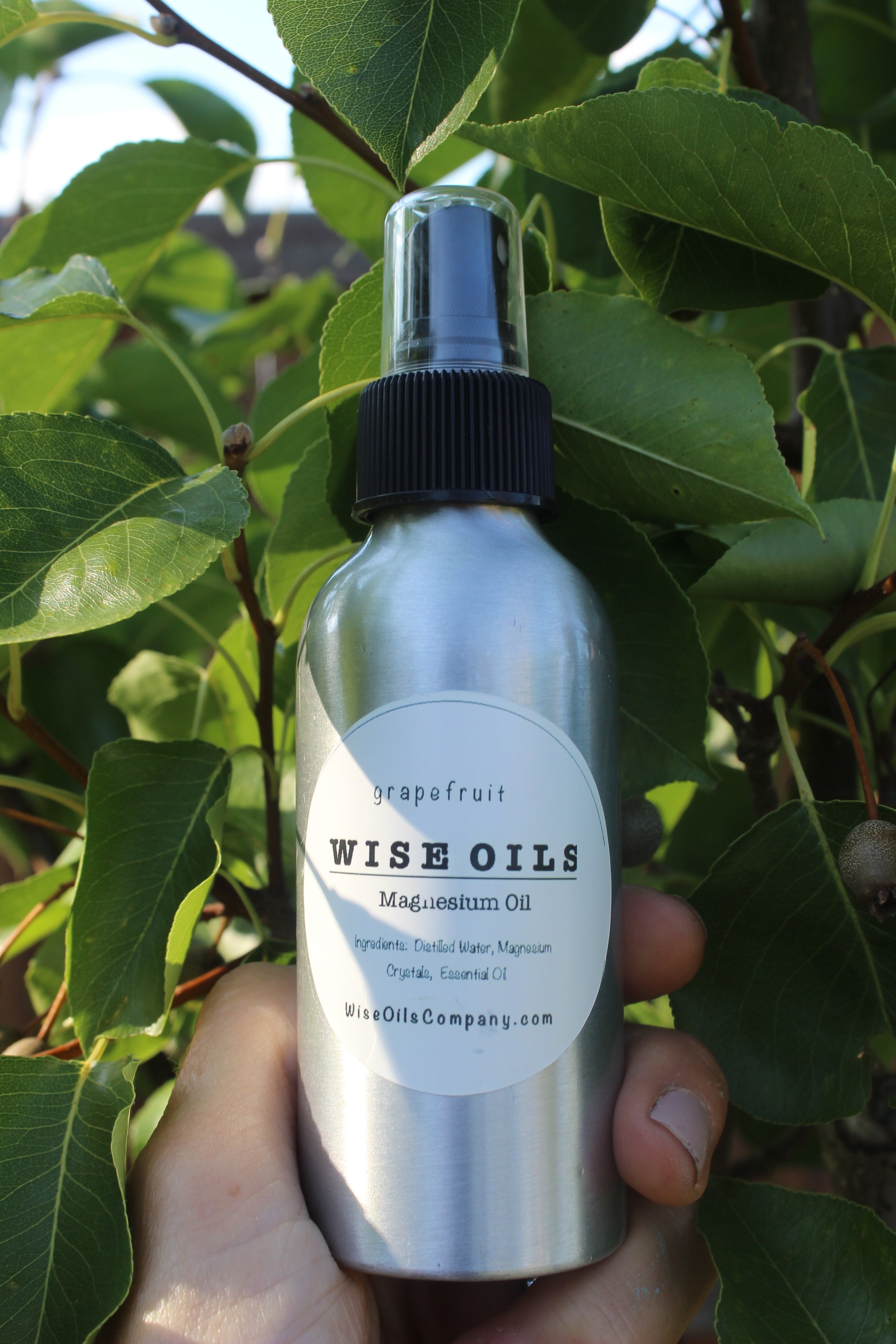Cleaning your face with natural oils is great skin care, at any age. Since I have been cleansing with oil my skin is softer, has less redness, and fewer blemishes. In addition to the cosmetic benefits, it simply feels good knowing that I am nourishing my skin with natural oils. I have tried many products over the years and nothing has worked as well as oil cleansing.
TRADITIONAL CLEANSING
Marketing over the decades has programmed us to wash our delicate faces with harmful chemically laden products in an effort to bust that pimple causing oil, or to moisturize that dry flakey or aging skin. Many of the ingredients in these products actually strip the natural oils causing our skin's processes to go into overdrive and produce even more oil... leading to more clogged pores, blackheads and irritation. I know that was true for me. Even at my age (53) there can be clogged pores, blackheads and especially redness. When cleansing and moisturizing our skin with oil it helps to understand an expression used by chemists, "oil dissolves oil." I personally recommend that you give it a try for at least a month or two and determine for yourself if this is a better way to treat your skin. I think you will be pleasantly surprised. Keep in mind, that it may take a few weeks for your skin to adjust to the new treatment. Be patient, experiment with different oils (more on this below), and enjoy the results.
HOW DO I CHOOSE AN OIL?
The type of oil that you use depends primarily on your skin type and skin condition. I personally use a mixture of Castor Oil, and Wise Oils Face Serum which is a mixture of Argan Oil, Sweet Almond Oil, Avocado Oil, and Essential Oils. You can start with one oil or find a blend that you like and works for your skin. Below is a list of oils that are commonly used with descriptions of the benefits, considerations, and the Comedogenic rating of each.
Comedogenic rating of each oil reflects the likelihood of the oil clogging pores and causing breakouts for most skin types. If you are acne-prone, you will want to begin with products/ingredients that are rated 0's, 1's and 2's.
0 -Will Not Clog Pores
1 - Low probability
2 - Moderately Low
3 - Moderate
4 - Fairly High
5 - High probability it will clog pores
TYPES OF OILS
Castor Oil - is a thick, sticky liquid known for its powerful purging and detoxing properties and has so many other amazing benefits in addition to skin care, but for oil cleansing properties the Undecylenic Acid that is naturally found in the castor oil seed has germicidal and disinfectant powers. This oil is a wonderful oil for treating skin irritations from mild to severe acne and can also clear up eczema and other chronic inflammation issues. When a member of my family develops any kind of skin eruption, we apply castor oil, and let it work it's magic. For those with dry skin, I recommend staring with a very small amount and mix with a more nourishing oil that is better for dry skin. I personally use 1/4 Castor Oil to 3/4 Wise Oils Face Serum. Comedogenic Rating: 1
Argan Oil has a high composition of essential fatty acids and plant sterols without clogging pores and has the ability to repair skin damage like acne scarring, stretch marks, and dry skin. The Vitamin E in Argan oil improves elasticity and assists in the healing process of tissue scarring. Comedogenic Rating: 0
Hemp Seed Oil is unique in that it has a very similar composition of fats and amino acids as our own natural skin oils and this is why it's very popular for the oil cleansing method. Comedogenic Rating: 0
Jojoba Oil- Jojoba oil is an emollient which means that it is a great moisturizer as well as prevents irritations and rough patches. Personal note: I have found that Jojoba Oil feels great on my skin, but it seems to irritate my eyes if I use it as a makeup remover. Comedogenic Rating: 2
Avocado Oil- Avocado Oil has amazing moisturizing, antioxidant, anti-inflammatory, healing and nourishing properties. Great for oil cleansing. Comedogenic Rating: 2
Sesame Oil- Sesame oil can act as both moisturizer and emollient for full-body skin. Besides vitamin E, sesame oil also contains linoleic acids, stearic acids, and palmitic acids. It is even safe to use this oil regularly every day for optimum results and contains natural sunscreen (one of my favorites) Comedogenic Rating: 3
Rose Oil- One of the most expensive oils. Rose oils has antiseptic and astringent properties which makes it great for acne and other skin infections. Rose oil also contains eugenol a very potent antioxidant for aging skin. Comedogenic Rating: 3
Sunflower Seed Oil is a gentle antioxidant oil that works well for beginners. It is light and is easily absorbed by the skin without clogging pores. Comedogenic Rating: 0
Olive Oil is great for dry, combination and aging skin and has been known to help in the healing of eczema, psoriasis, dry skin acne and rosacea. Comedogenic Rating: 2
Rosehip Seed Oil made from one of the richest plant sources of Vitamin C. I make Rosehip jelly and rose hip syrup as a natural vitamin C supplement for my family. Vitamin C has been proven to stimulate collagen production, reduce redness, increase cell turnover, reduce fine lines, and increase the skin’s permeability Comedogenic Rating: 1
Grapeseed Oil- Grapeseed Oil is very mild and a wonderful light moisturizer (another one of my favorites). Comedogenic Rating: 2
Borage Seed Oil - Borage Oil is known for it's anti-inflammatory properties, is great for treating skin breakouts. Comedogenic Rating: 2
Neem Oil contains fatty acids and vitamin E found making it easily absorbed into the skin without leaving the skin greasy. Great for aging skin. Comedogenic Rating: 1
Sea Buckthorn Oil- Sea buckthorn oil is commonly used to prevent and to reduce the negative results of acne, dermatitis, dry skin, eczema, skin ulcers and stretch marks. Comedogenic Rating: 1
Tananu Oil contains moisturizing omega fatty acids and it's know for it's ability to promote new cell growth. Its antimicrobial properties have been compared to the power of antibiotics and the antioxidant properties are known to prevent sun damage and wrinkles. Comedogenic Rating: 2
Coconut Oil is a very popular oil due to the fact that it is packed with antioxidants and vitamins. Coconut oil has powerful antibacterial, antiviral, anti-fungal, and anti-inflammatory properties proven to successfully fight bacteria and other skin infections such as acne. Many with dry skin love Coconut Oil as a cleanser, but those with sensitive or oily skin may find that it clogs pores and causes breakouts. Comedogenic Rating 4
HOW TO CLEANSE THE FACE WITH NATURAL OILS:
The great thing about cleansing with oil is that all you really need is oil, cotton (either rags, circle pads) and warm water.
INSTRUCTIONS
Gently place a warm wet cotton wash cloth to your face
Pour oil mixture into the palm of your hands or take a cotton pad that has already been imersed in oil
Gently massage oil onto your face in circular motions. I gently massage for approximately 1 minute
Gently remove oil with a warm wet wash cloth
Enjoy the softness of your skin
I would love to hear about your skin oil cleansing experience!
Gigi
To view Wise Oil Products click here
The Content is not intended to be a substitute for professional medical advice, diagnosis, or treatment. Always seek the advice of your physician or other qualified health provider with any questions you may have regarding a medical condition

















